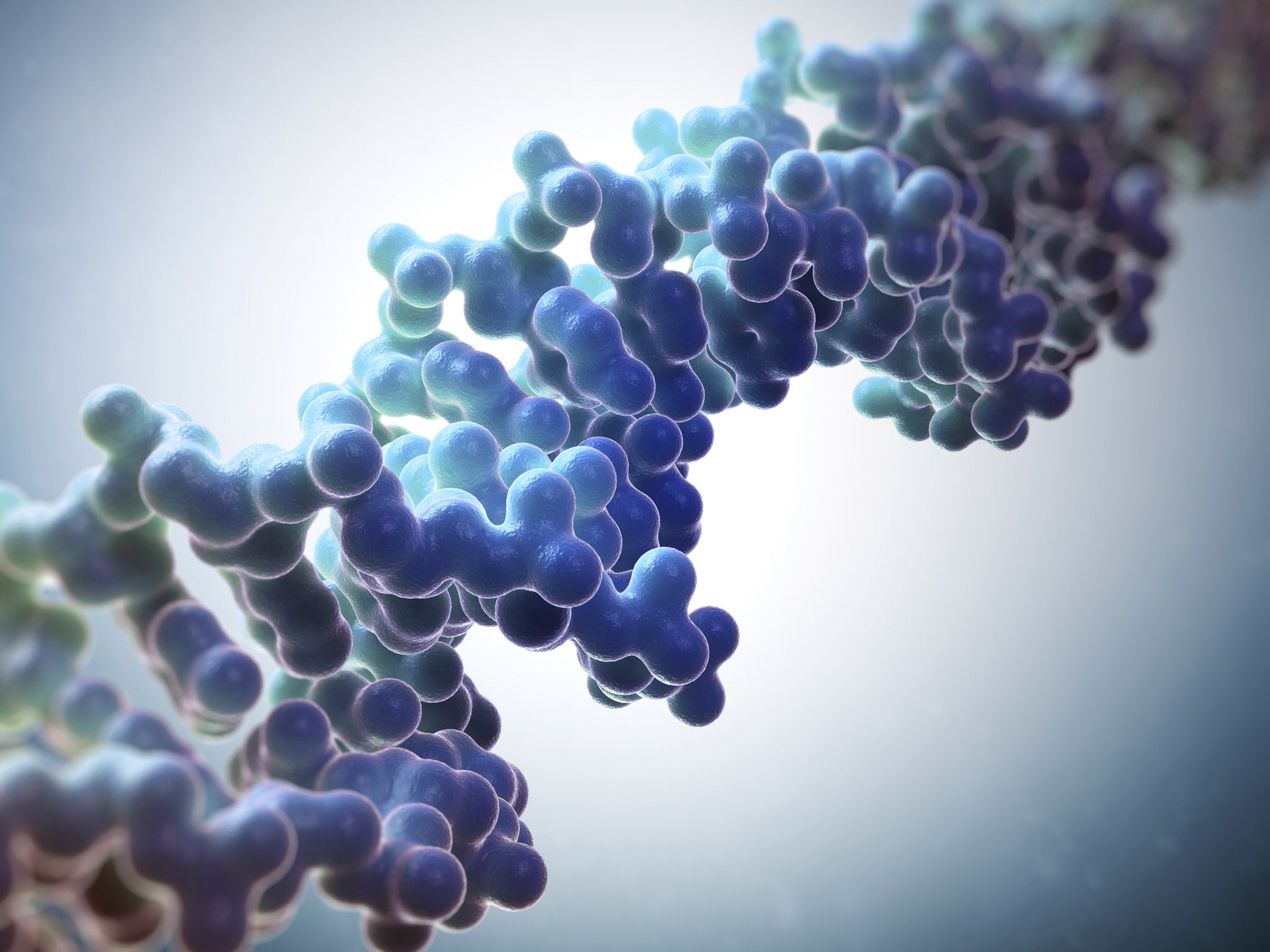Genetic changes affecting signals between brain cells could be cause of schizophrenia
Schizophrenia is a serious mental illness affecting about 1 in every 100 people

Your support helps us to tell the story
From reproductive rights to climate change to Big Tech, The Independent is on the ground when the story is developing. Whether it's investigating the financials of Elon Musk's pro-Trump PAC or producing our latest documentary, 'The A Word', which shines a light on the American women fighting for reproductive rights, we know how important it is to parse out the facts from the messaging.
At such a critical moment in US history, we need reporters on the ground. Your donation allows us to keep sending journalists to speak to both sides of the story.
The Independent is trusted by Americans across the entire political spectrum. And unlike many other quality news outlets, we choose not to lock Americans out of our reporting and analysis with paywalls. We believe quality journalism should be available to everyone, paid for by those who can afford it.
Your support makes all the difference.Genetic changes affecting the transmission of signals between brain cells have been implicated as a possible cause of schizophrenia, a mental illness that affects about 1 in every 100 people.
Scientists have linked the condition with variations in the DNA of genes known to be involved in stimulating or inhibiting the passing of chemical messages across the tiny gaps or “synapses” between nerve cells in the brain.
They said the findings are part of a wider body of evidence pointing to the genetic causes of schizophrenia which is known to have a strong inherited component as well as being influenced by a person’s environment and upbringing.
“We’re finally starting to understand what goes wrong in schizophrenia. Our study marks a significant step towards understanding the biology underpinning schizophrenia, which is an incredible complex condition and has up until very recently kept scientists largely mystified as to is origins,” said Andrew Pocklington of Cardiff University.
“We now have what we hope is a pretty sizeable piece of the jigsaw puzzle that will help us to develop a coherent model of the disease, while helping us to rule out some of the alternatives,” said Dr Pocklington, the lead author of the study published in the journal Neuron.
“A reliable model of disease is urgently needed to direct future efforts in developing new treatments, which haven’t really improved a great deal since the 1970s,” he said.
Other scientists who were not involved in the research said that the findings mark an important breakthrough in understanding the fundamental causes of the disease which should lead to new drug treatments.
The study compared the DNA of 11,355 patients with schizophrenia with the DNA of healthy people. In the patients, the scientists identified a higher proportion of mutations, called copy number variations, in the genes involved with exciting or inhibiting the synapses, or gaps between brain cells, called the glutamate and GABA genes respectively.
“What we’ve shown is that these copy number variations in patients seem to significantly hit the genes involved in synaptic signalling. We are pretty sure this plays a role in the etiology [cause] of the disease,” said Michael Own, professor psychiatry at Cardiff, who co-led the work.
“What’s exciting about this is that we are converging on a whole load of genetic studies that are focussing in on what is happening to the synapse. It supports the idea that schizophrenia is a neurodevelopmental disorder,” Professor Owen said.
Copy number variations are mutations in large stretches of DNA which are either deleted or duplicated. They have already been implicated in other neurodevelopmental disorders such as intellectual disability, autism spectrum disorder and attention deficit and hyperactivity disorder.
Treating schizophrenia is currently focussed on the dopamine neurotransmitters but the latest research suggests a better approach may be to target the glutamate and GABA neurotransmitters.
“The implication of this paper is that it would be more sensible instead to develop drugs which regulate the balance between the glutamate and GABA systems controlling synthesis of dopamine,” said Professor Sir Robin Murray at King’s College London, who was not involved in the study.
Last year, scientists identified more than 100 genes that each play a minor role in schizophrenia, which usually manifests as hallucinations and delusions in patients in late adolescence or early adulthood. Other studies have indicated that between 60 and 80 per cent of the variation in risk of developing schizophrenia is due to genes, with the rest due to environment.
“The evidence is very strong that both genes and the environment play a role. We study the genes in order to understand the biology of the disease and their impact on the developing brain,” Professor Owen said.
Professor Hugh Perry, chair of the Medical Research Council’s mental health board, said: “This work builds on our understanding of the genetic causes of schizophrenia – unravelling how a combination of genetic faults can disrupt the chemical balance of the brain.
“In the future, this work could lead to new ways of predicting an individual’s risk of developing schizophrenia and form the basis of new targeted treatments that are based on an individual’s genetic makeup.”
Join our commenting forum
Join thought-provoking conversations, follow other Independent readers and see their replies
Comments